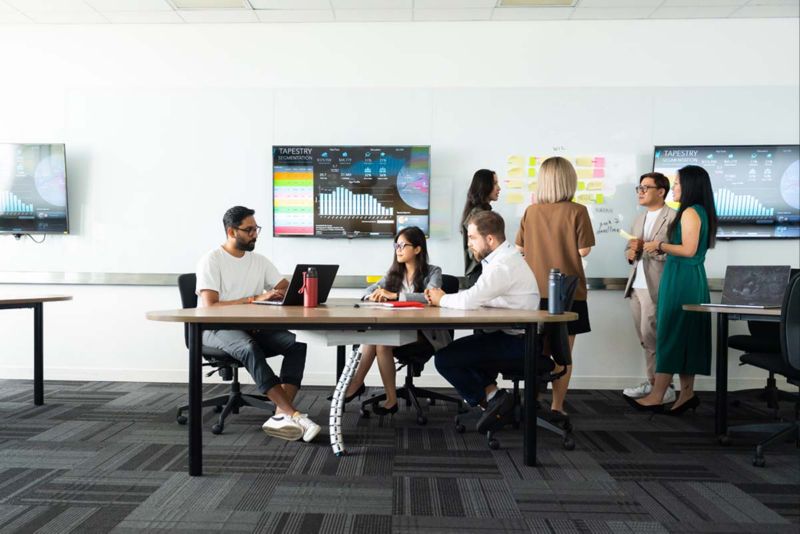Hà Minh: From Architect to Content creator - a spectacular transition through master's studies at RMIT Melbourne
Hà Minh, transitioning from architect to content creator, underwent a remarkable transformation thanks to the Master of Media program at RMIT Melbourne. This master's study equipped him with a solid foundation and the necessary skills to succeed in this new field.
Explore the course "Marketing for Managers" in the MBA Program
In the rapidly evolving business and technological landscape, marketing is not only a tool for driving sales but must also embrace social responsibility. In the "Marketing for Managers" course within RMIT's MBA program, taught by Dr Susan Danissa Calderon Urbina, future leaders are equipped with the essential skills to overcome this challenge.
30 years of watching AI grow
Learn about the long history of Associate Professor and Program Manager for RMIT Melbourne’s Master of AI, Julie Porteous. Dr. Porteous weighs in on the debate of how much AI will affect certain industry professions, and whether or not you should be worried about your future career!
Security and IoT – what you need to know!
Cities worldwide are becoming more connected, and alongside the rise of City 4.0 and the Internet of Things (IoT), come new challenges in keeping our data and privacy safe. How is it that IoT possesses such greater potential and problems? Read on to find out.




